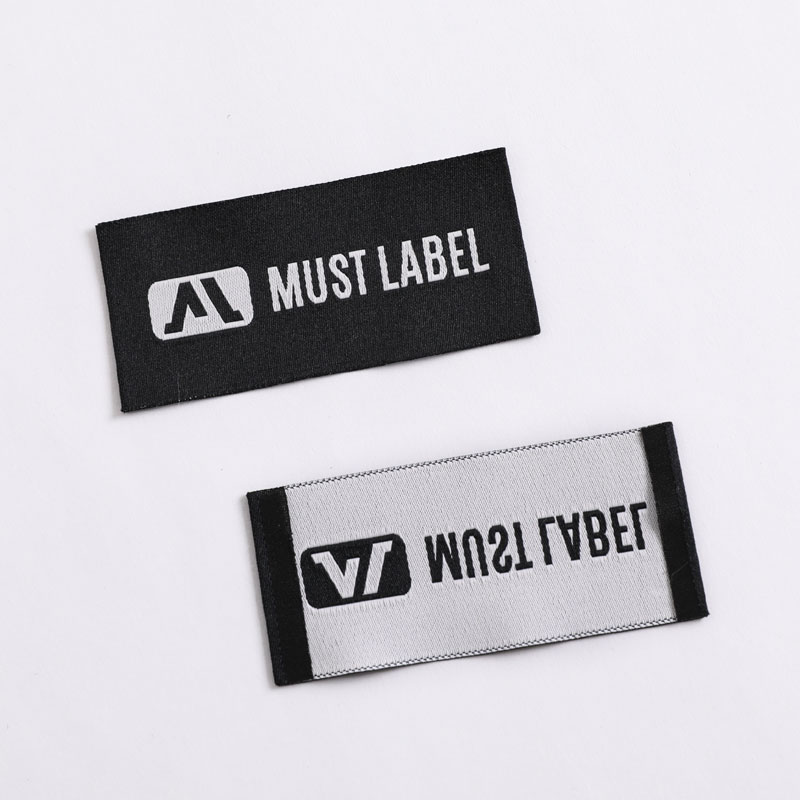- English
- Español
- Português
- русский
- Français
- 日本語
- Deutsch
- tiếng Việt
- Italiano
- Nederlands
- ภาษาไทย
- Polski
- 한국어
- Svenska
- magyar
- Malay
- বাংলা ভাষার
- Dansk
- Suomi
- हिन्दी
- Pilipino
- Türkçe
- Gaeilge
- العربية
- Indonesia
- Norsk
- تمل
- český
- ελληνικά
- український
- Javanese
- فارسی
- தமிழ்
- తెలుగు
- नेपाली
- Burmese
- български
- ລາວ
- Latine
- Қазақша
- Euskal
- Azərbaycan
- Slovenský jazyk
- Македонски
- Lietuvos
- Eesti Keel
- Română
- Slovenski
- मराठी
- Srpski језик
Are Woven Labels Better Than Printed Labels?
2024-07-09
When it comes to choosing between woven labels and printed labels for your products, the decision can often be a matter of weighing the pros and cons of each. While both have their unique advantages, woven labels have garnered a reputation for being the more premium and durable option. But are woven labels inherently better than printed labels? Let's dive deeper into the comparison to find out.
The Price Factor
One of the most immediate differences between woven and printed labels is the price. Woven labels, being crafted on a loom, require a more intricate and time-consuming production process. This, along with the use of specialized materials and equipment, often translates to a higher cost compared to printed labels. However, it's important to consider the long-term value that woven labels offer.
Durability and Longevity
One significant advantage of woven labels is their durability. The interlocking threads used in their construction make them resistant to fraying, tearing, and washing, ensuring that they retain their shape and legibility even after multiple washes and wears. In contrast, printed labels, especially those made with cheaper materials or inks, can fade, peel, or become distorted over time. For products that require frequent laundering or handling, woven labels provide a more reliable and long-lasting solution.
Quality and Appearance
Woven labels are often seen as a symbol of quality and craftsmanship. Their intricate weaving patterns and textures can add a touch of elegance and sophistication to any product. The use of natural fibers like cotton and silk further enhances their appeal, giving them a softer, more luxurious feel. On the other hand, printed labels, while versatile in design, can sometimes appear flat and two-dimensional in comparison.
Customization Options
Both woven and printed labels offer a high degree of customization, allowing businesses to create unique and eye-catching labels that reflect their brand identity. Woven labels, however, offer a greater range of materials, colors, and textures to choose from, enabling businesses to create truly bespoke labels that stand out from the crowd.
Environmental Impact
In terms of environmental impact, the debate between woven and printed labels is more nuanced. While printed labels may use less material in their production, the inks and solvents used in the printing process can have a negative impact on the environment. Woven labels, on the other hand, are often made from natural fibers, which are biodegradable and more sustainable. However, the energy-intensive loom production process should also be taken into consideration.
Ultimately, whether woven labels are better than printed labels depends on your specific needs and priorities. If you're looking for a label that is durable, high-quality, and can withstand the test of time, woven labels are an excellent choice. Their premium appearance and customization options also make them a great way to elevate your brand's image. However, if cost is a primary concern, or if you're looking for a quick and easy solution, printed labels may be a more suitable option.
Woven labels offer a range of benefits that make them a compelling choice for businesses looking to create a lasting impression with their products. By investing in woven labels, you're not only choosing a more durable and premium option, but you're also making a statement about the quality and craftsmanship that go into every aspect of your brand.


